
3 New Major Design Details Mahindra XUV 3XO Will Pack Over...
- Apr 12, 2024
- Views : 10218

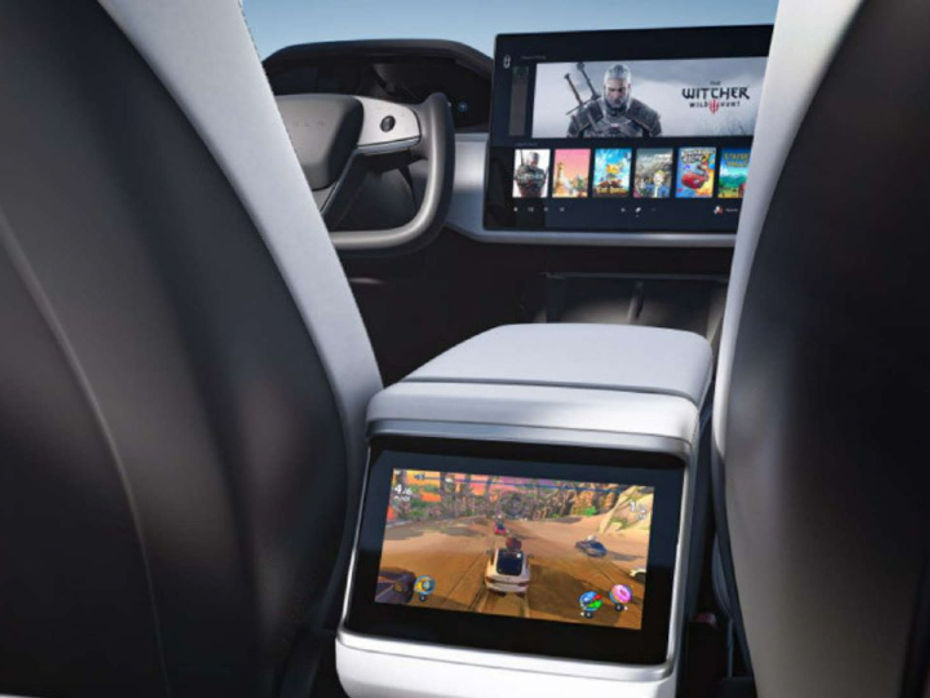
Can you recollect the last time a car was launched without a touchscreen infotainment system? Not long ago, touchscreen units were a feature reserved for expensive cars. Today, it is the norm. Even the most affordable car sold in India comes with one. Move further up the price chain and the number of screens also proportionally steps up.
The obsession has reached a point where Indian buyers are influenced by the size of a touchscreen unit. For a country fixated on “kitna deti hai?”, the current fad is more towards the tech on offer and how big the screen is. All thanks to Tesla and how we have been conditioned over the last years with screens ever so growing in size.
Downsizing under the hood and upsizing inside the cabin?
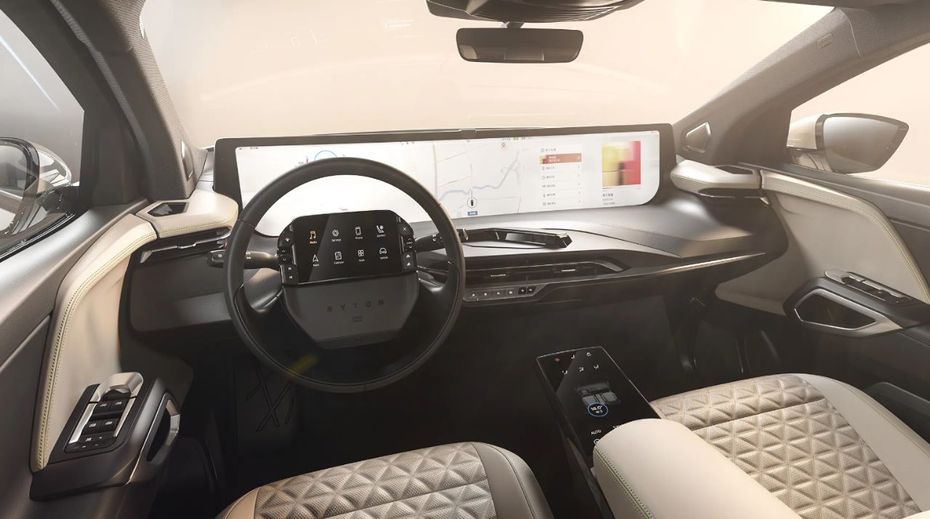
Downsizing came into act since there is practically no point in having cars around without a planet to drive in. And it almost seems like all carmakers are compensating for all the downsizing by increasing the size of screens. The big-capacity naturally aspirated engines are all on their last legs. Recently, Audi announced that its V10 is on its way out with the limited R8 GT. But technology, increasing screen size and the sheer number of screens are making up for the downsizing. These light-emitting pixel slabs are advancing every minute and have also started taking up more responsibilities than just music!
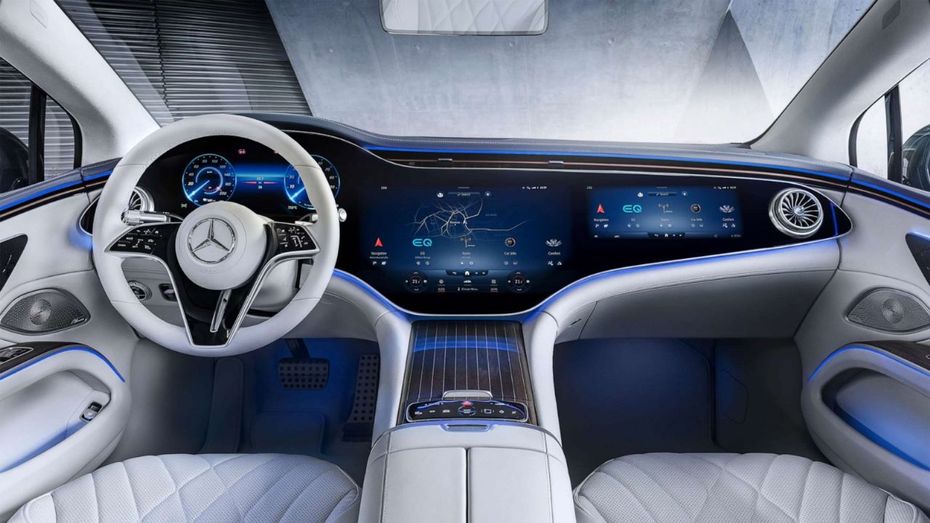
Tesla pioneered the whole thing with its massive 17-inch screen in the Model S, igniting the whole tablet on wheels movement. Other carmakers have followed suit and a significant number of EVs are following the same theme of a massive screen that can do-it-all. Luxury cars are also not behind and the EQS has a giant 56-inch slab across the dashboard. The standard S-Class is not far off with its 5 screens! 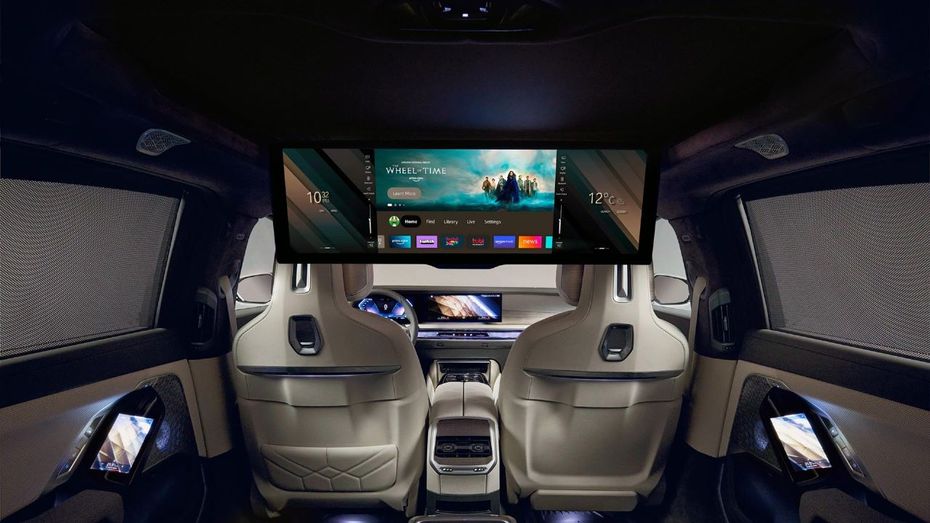
Interestingly, an upcoming SUV, the Byton M-Byte’s standout feature is a 48-inch display in place of a dashboard. This craze has also trickled down to the rear seats as the new BMW 7 Series gets a 31-inch 8K display enabling it to double up as a theatre with the built-in Amazon Fire TV, 5G connection and a 36-speaker 4D sound system. Closer to home, the trend is more or less the same and the MG Hector which already has a 10.4-inch unit is getting an enormous 14-inch touchscreen unit with its facelift.
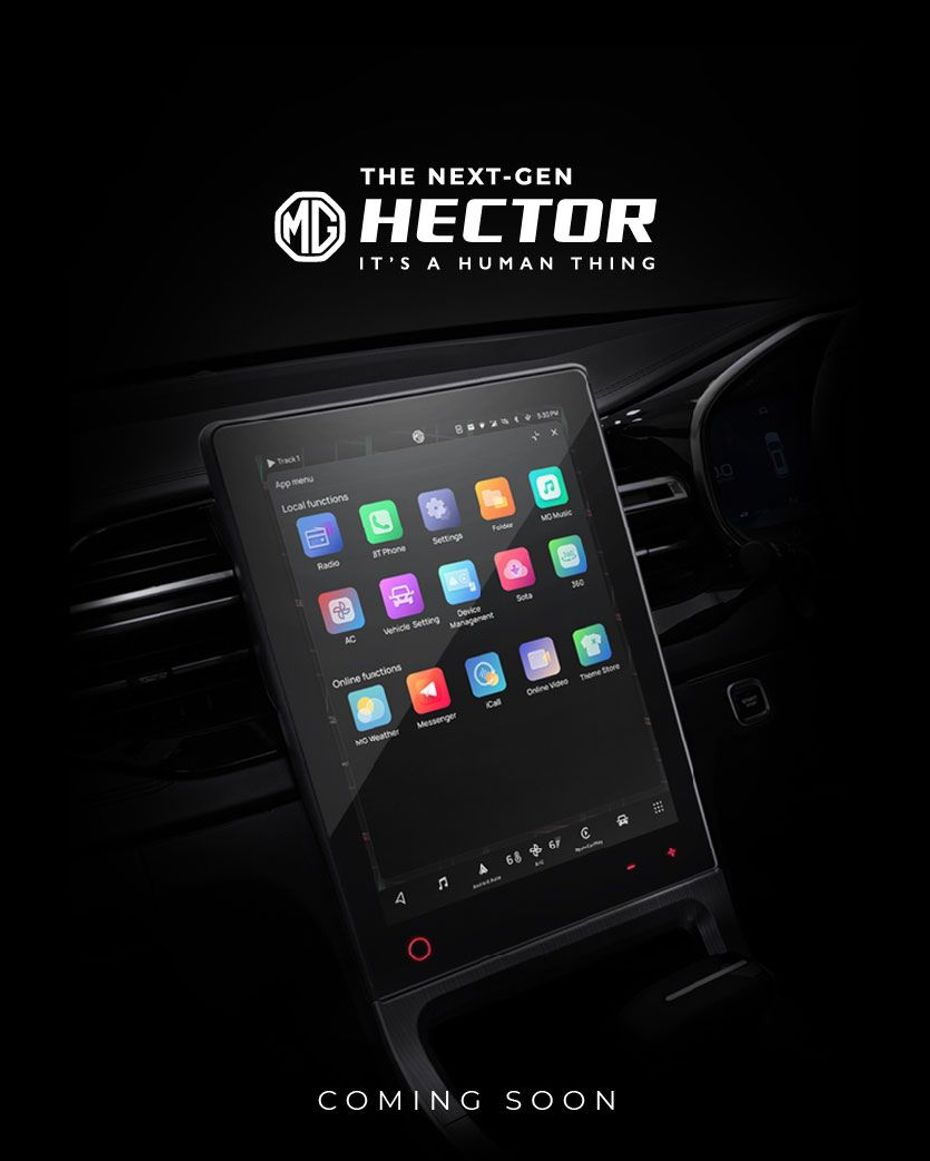
Integrating essential features such as climate controls and other important controls into the screens is not new and it is a safety hazard when you think about it. You literally have to take your eyes off the road and yank forever to adjust the fan speed or temperature whereas a tactile rotary knob would do the same job flawlessly. Now imagine integrating everything into this huge screen in front of you and the amount of focus you need to operate the basic functions.
Death of the analogue dials
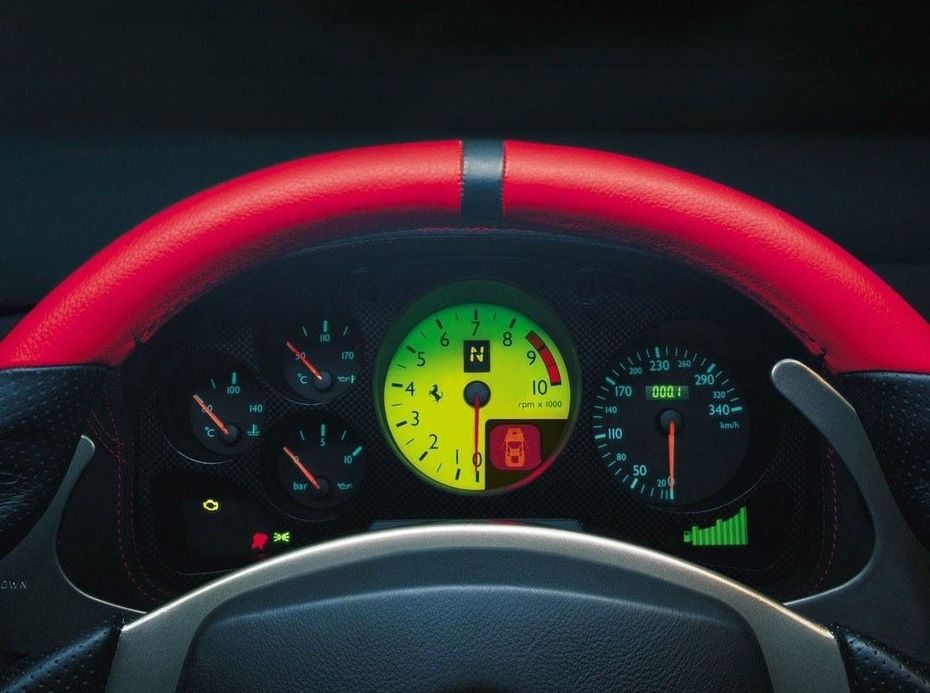
Just when we thought that was it, the screens also murdered the analogue instrument cluster. We sure have come a long way from the Honda Civic/Renault Fluence’s digital readout for the speedometer and the Chevrolet beat’s interesting part digital cluster that was also fixed to the steering column.
Also Read: Nissan e-Power: Not All Hybrids Are Cut From The Same Cloth
Currently categorised as old-school, analogue dials are now a thing of the past and something we dearly miss. Crisp displays with a clean interface are actually nice but over-the-top colour-loaded units such as the one in the Nissan Magnite make us long for the analogue dials. Oh, and extra points for fully digital clusters that mimic the round tachometer.
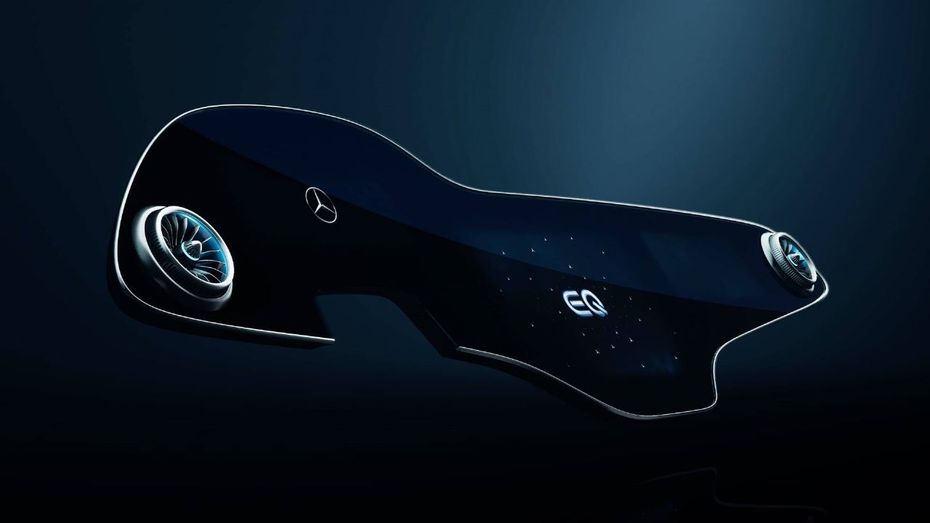
Another problem that is bothering us is the lack of variety in interior designs since these mini theatres are taking up too much real estate in new cars. And to add to that, when all of these massive displays are switched off, it just looks drab. For example, an analogue cluster is a part of the design, with many intricate details that are actually present there all the time. A fully digital display, unless it is turned on, just looks like any other flat screen or a switched off TV.
Ideally, a good mix of both analogue and digital is the right way ahead if you ask us. Leave the important controls alone and use the screens strictly for infotainment and navigation just like in the old times. The race to plonk the biggest screen integrated with all the features might look hip today. All you gotta do is imagine the screen(s) dying on you one day. Well, you be the judge.

3 New Major Design Details Mahindra XUV 3XO Will Pack Over...

Mahindra XUV 3XO (XUV300 Facelift) Launched With Significant Design...

Tata Curvv: A Much Clearer Look At Its Interior Ahead Of Its Unveiling

2024 Mahindra XUV 3XO Interior Revealed: Old vs New Compared

10 New Features Expected In The Upcoming 2024 Mahindra XUV 3XO...

Are Maruti Suzuki’s Strong Hybrid Powertrains The Best Engine...

The Fronx Has Been Rebadged! Meet The Toyota Urban Cruiser Taisor,...

Mahindra XUV 3XO: All Details You Need To Know In 10 Images

You Can Now (Unofficially) Book The Mahindra XUV 3XO
India's largest automotive community